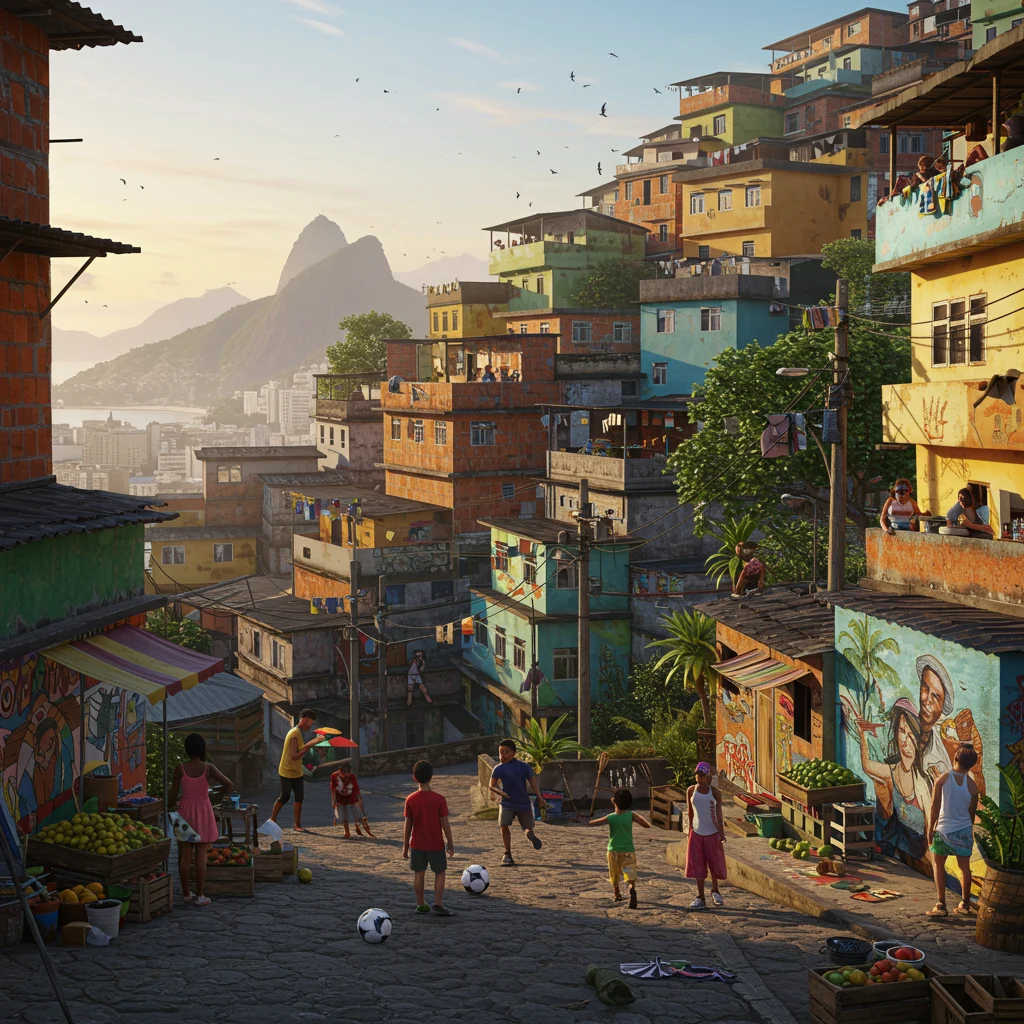Introduction to Favela Tours in Rio de Janeiro
Travelers arriving in Rio de Janeiro often find themselves drawn to the city’s famous beaches, vibrant nightlife, and iconic landmarks. Yet there’s another side of Rio that offers profound insight into its history, culture, and resilience: the favela communities. Favela tours in Rio de Janeiro provide an opportunity to see beyond the postcards, offering meaningful connections and authentic local experiences.
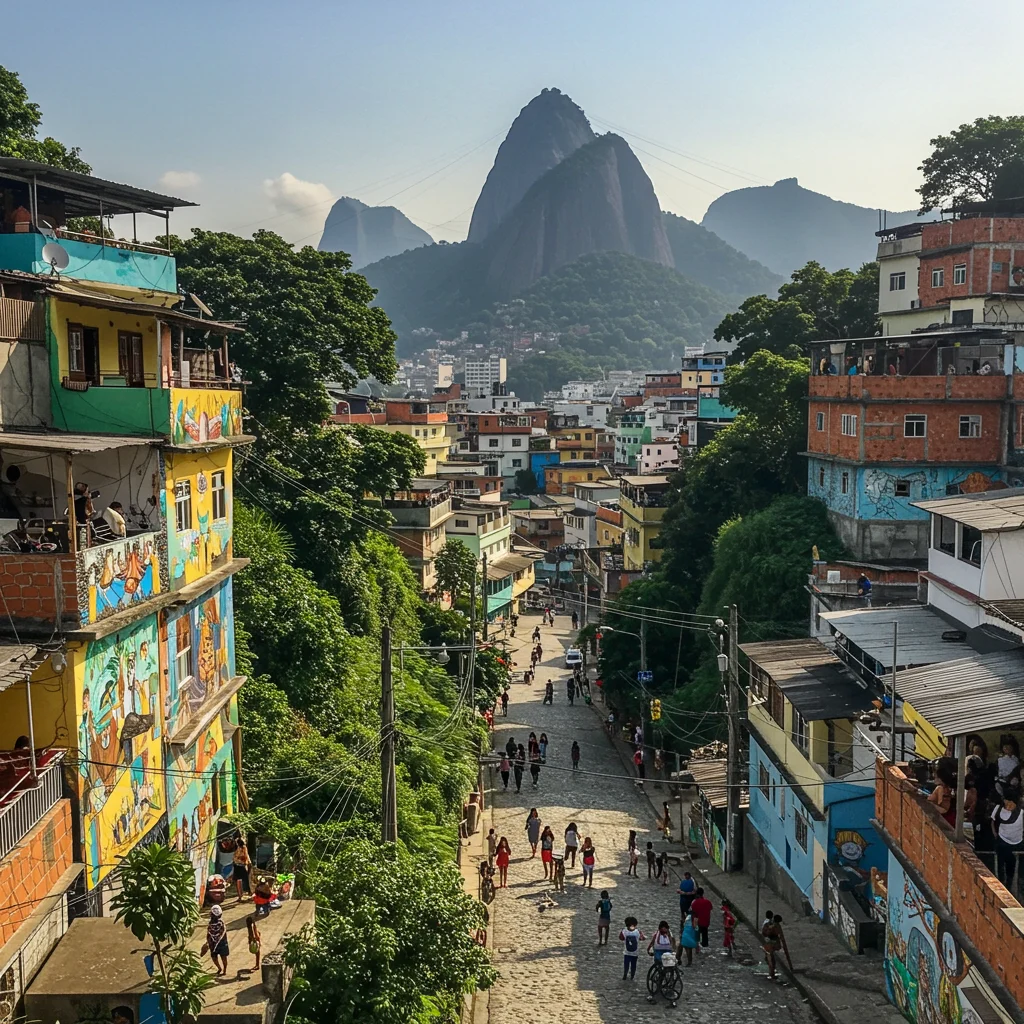
These guided excursions introduce visitors to the daily life, challenges, and triumphs within Rio’s most misunderstood neighborhoods. Through respectful, community-based tours, we gain a deeper appreciation for the creativity, warmth, and determination that define favela life.
What Is a Favela?
A favela is a unique type of urban neighborhood found throughout Brazil, particularly in large cities like Rio de Janeiro. These communities often develop on steep hillsides or urban peripheries, where formal housing and infrastructure may be limited. Despite these challenges, favelas are home to millions of residents who have created dynamic, close-knit societies rich in culture and tradition.
Favelas are not simply areas of poverty; they are vibrant urban centers where families, entrepreneurs, artists, and musicians contribute to the city’s identity. Understanding what a favela truly is helps us approach these communities with respect and curiosity during a tour.
The History of Favelas in Rio
The story of Rio’s favelas dates back to the late 19th century, when soldiers returning from the Canudos War settled on the hillsides near downtown. Over time, waves of rural migrants and city dwellers, unable to afford formal housing, established their own homes in these areas.
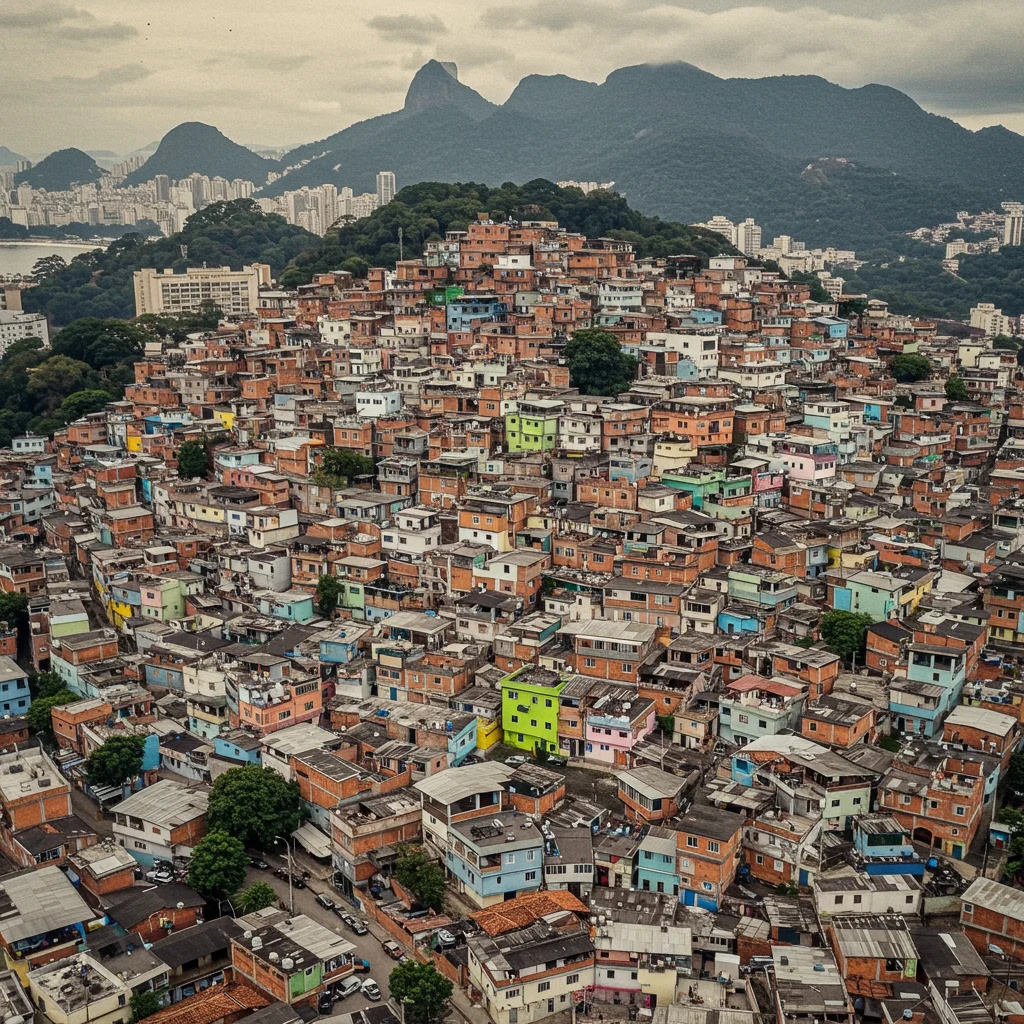
Throughout the 20th century, favelas expanded rapidly, often without government support or urban planning. Despite adversity, residents built strong social networks and distinctive architectural styles, shaping the fabric of modern Rio. Today, favelas are an integral part of the city’s landscape and social structure.
Why Are Favela Tours Popular?
Favela tours have gained popularity as travelers seek more meaningful, authentic interactions during their journeys. These tours offer a window into the realities of everyday life, challenging stereotypes and fostering empathy.
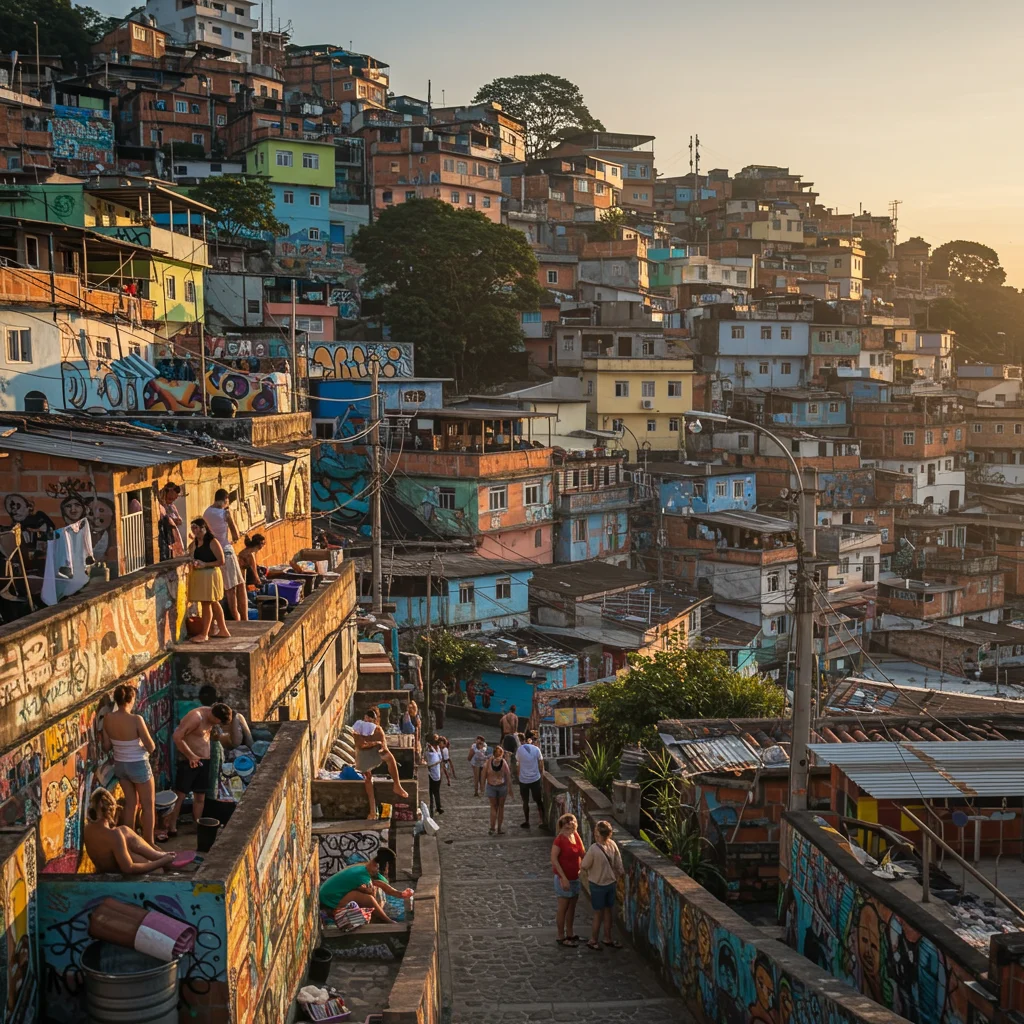
Visitors are often captivated by the energy, resourcefulness, and hospitality found within these communities. Through guided visits, we can support local businesses, learn about social projects, and experience cultural traditions that rarely appear in standard guidebooks. As we’ve discussed in our insights on immersive travel, such as the Blue Mountains Day Tour, connecting with local communities adds unforgettable depth to any trip.
Is It Safe to Visit a Favela?
Safety is a common concern for those considering a favela tour. While favelas have faced challenges related to poverty and crime, most guided tours operate in areas that have built strong relationships with tour operators and prioritize visitor well-being.
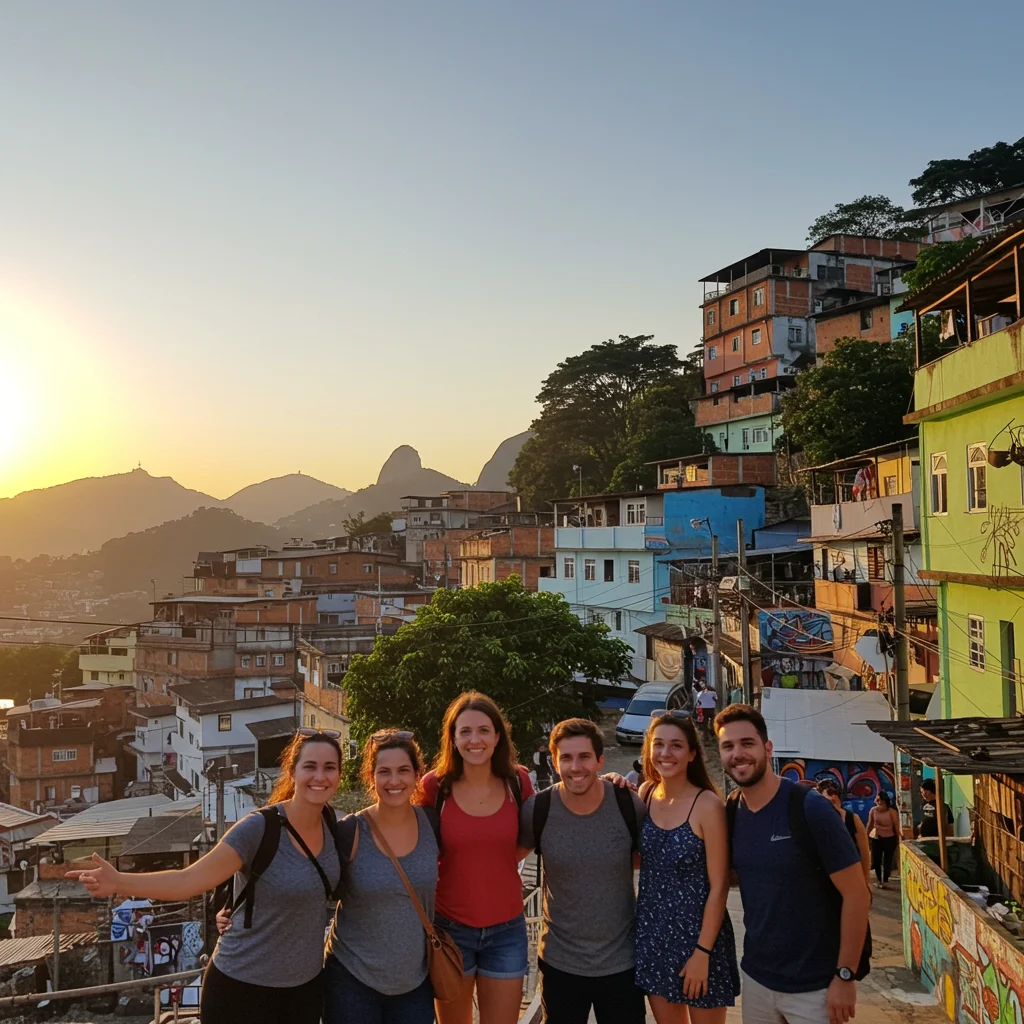
By joining a reputable, community-based tour, guests are accompanied by experienced guides who know the local landscape and maintain close communication with residents. These measures help ensure a respectful and secure experience for everyone involved.
Debunking Myths About Favelas
Many misconceptions persist about favelas, often fueled by media portrayals. Contrary to popular belief, these neighborhoods are not lawless or solely defined by hardship. Instead, they are centers of innovation, culture, and community spirit.
Residents take pride in their neighborhoods, contributing to art, music, entrepreneurship, and social change. By visiting with an open mind, we can move beyond stereotypes and appreciate the true character of these remarkable communities.
Types of Favela Tours Available
Favela tours in Rio de Janeiro come in many forms, each offering a distinct perspective on local life and culture. From on-foot explorations to high-adrenaline adventures, there is an option for every interest and comfort level.
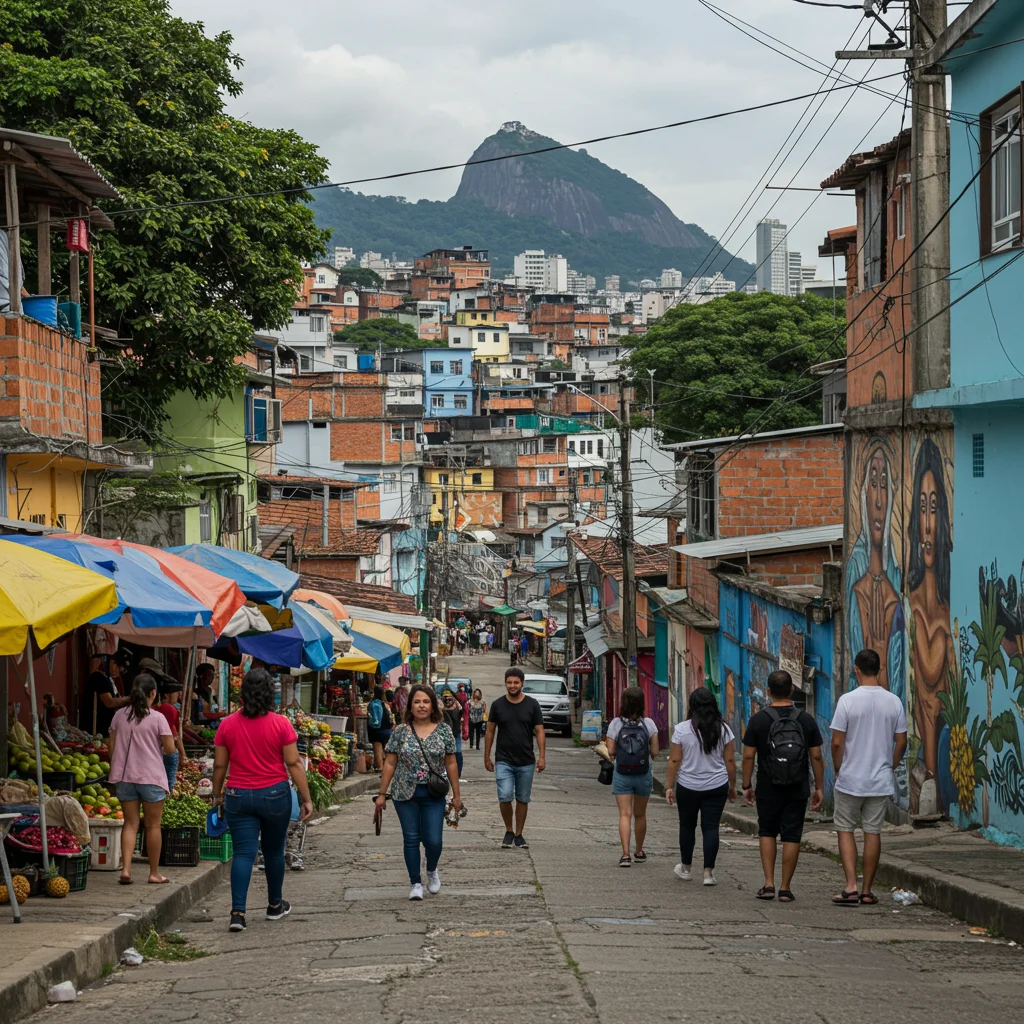
Walking Tours
Walking tours provide an intimate, up-close look at daily life in the favela. Guides lead small groups along winding alleyways, past colorful homes, and through bustling squares. This pace allows for spontaneous conversations, photo opportunities, and a deeper understanding of the environment.
Jeep and Van Tours
For those seeking comfort or accessibility, jeep and van tours offer a convenient alternative. These vehicles navigate the steep hills and narrow streets, allowing participants to cover more ground while still engaging with the local atmosphere.
Bike Tours
Bike tours combine adventure and exploration, appealing to active travelers. Cycling through the favela’s vibrant streets offers a unique vantage point and a sense of freedom, similar to the thrill described in our ATV + Zipline Combo Tour in Costa Rica.
Community-Led Tours
Community-led tours are organized and guided by residents themselves. These experiences prioritize local empowerment and direct economic benefit, providing authentic stories and insider access to community projects, artisans, and cultural events.
Virtual Favela Tours
For those unable to visit in person, virtual favela tours offer a digital window into daily life. Through live video, interactive discussions, and multimedia presentations, participants can learn about the history, culture, and challenges of Rio’s favelas from afar.
Top Favelas to Visit in Rio de Janeiro
Each favela in Rio has its own character, history, and highlights. Some are especially known for their openness to visitors and vibrant community initiatives.
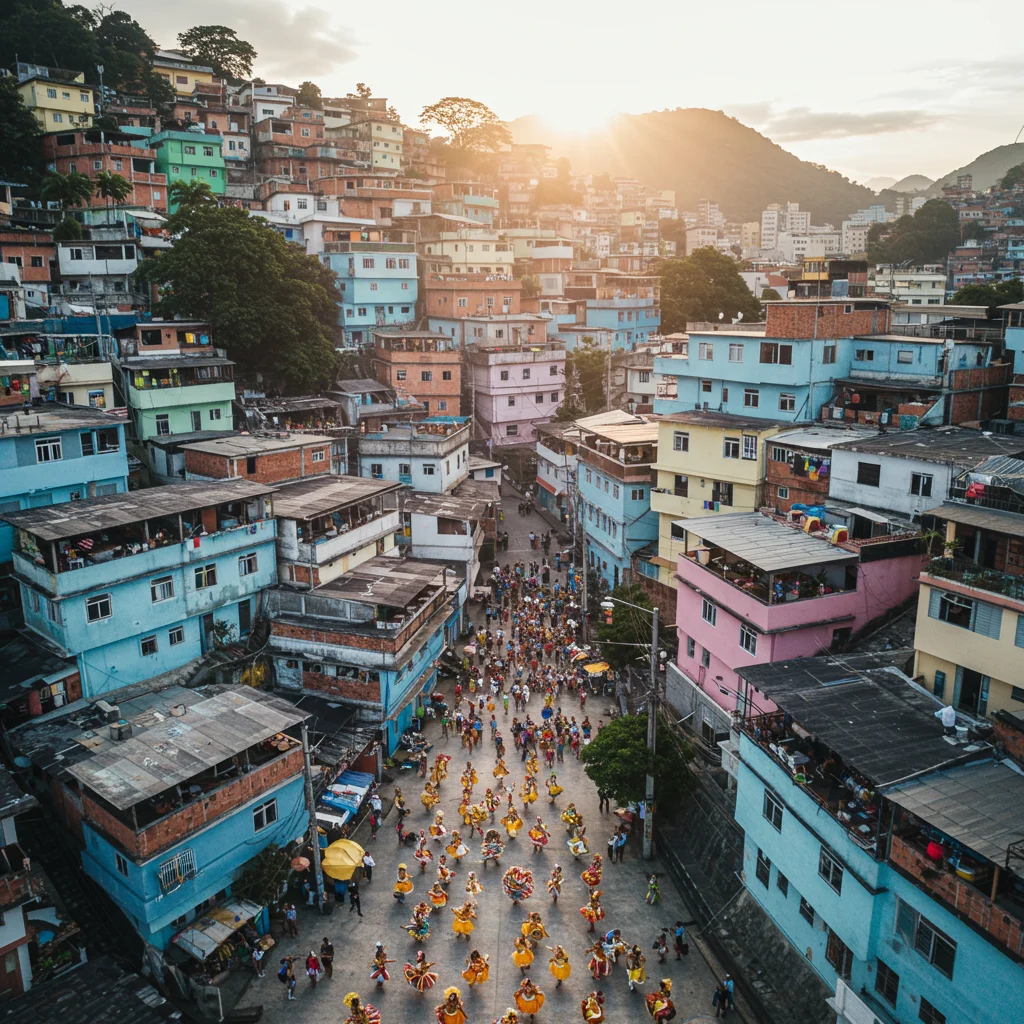
Rocinha: The Largest Favela
Rocinha stands as the largest favela in Brazil, home to over 100,000 residents. Its steep hills offer sweeping views of the city, while bustling markets, art studios, and social projects fill its winding streets. Guided tours here often visit local schools, family businesses, and panoramic viewpoints.
Santa Marta: A Favela with a View
Santa Marta is famous for its colorful houses and breathtaking city vistas. This favela gained international attention after Michael Jackson filmed his “They Don’t Care About Us” video here. Visitors marvel at the public art, community murals, and the welcoming atmosphere fostered by local guides.
Vidigal: Culture and Climbing
Vidigal sits between Ipanema and Leblon, offering vibrant nightlife, music venues, and access to the iconic Morro Dois Irmãos hike. Adventurous travelers can climb to the summit for one of the city’s most stunning sunrise views, often accompanied by local storytellers.
Cantagalo and Pavão-Pavãozinho
Located in the heart of Rio’s South Zone, Cantagalo and Pavão-Pavãozinho offer a blend of urban energy and cultural pride. These favelas are known for their samba schools, community centers, and creative street art, making them a rewarding destination for curious visitors.
What to Expect on a Favela Tour
Favela tours are immersive experiences that go far beyond sightseeing. Participants often leave with lasting memories, new friendships, and a deeper understanding of Rio’s diversity.
Tour Itineraries: A Typical Day
A typical favela tour begins with a warm welcome from local guides, followed by a walk or drive through key neighborhoods. Stops may include community centers, schools, local markets, and scenic viewpoints. Guides share personal stories, historical context, and insights into daily life.
Meeting Local Residents
One of the most meaningful aspects is the chance to meet and interact with local residents. These conversations reveal the resilience, humor, and creativity that define favela culture. Guests are often invited to participate in workshops, music sessions, or art projects.
Cultural Experiences and Performances
Many tours feature live music, dance performances, or capoeira demonstrations. The rhythms of samba and funk fill the air, creating an atmosphere that is both festive and deeply rooted in tradition.
Sampling Local Cuisine
Tasting local food is a highlight for many visitors. From savory feijoada to sweet brigadeiros, guides introduce guests to the flavors of the favela. Small family-run restaurants and street vendors offer authentic Brazilian dishes prepared with pride.
Art and Street Murals
Street art is everywhere in the favelas, transforming walls into vibrant canvases that tell stories of hope, struggle, and celebration. Guides often point out significant murals, explain their meanings, and introduce visitors to local artists.
How to Choose a Responsible Favela Tour
With so many tour options, it’s important to select an experience that prioritizes respect, transparency, and community benefit. Responsible tourism ensures that visits have a positive impact on both guests and residents.
What Makes a Tour Ethical?
Ethical favela tours are characterized by:
- Local ownership or direct community involvement
- Transparent financial practices, with a fair share of profits remaining in the favela
- Respectful, small-group visits that avoid disruption
- Support for local businesses and social projects
Questions to Ask Before Booking
To assess a tour’s responsibility, consider asking:
- Who owns and operates the tour company?
- How are local residents involved?
- What community projects or organizations does the tour support?
- What is the maximum group size?
Recommended Tour Companies
Look for companies with strong community ties, transparent practices, and positive reviews from both visitors and residents. Many reputable operators also offer opportunities to book activities online for added convenience.
How Do Favela Tours Benefit the Community?
When thoughtfully designed, favela tours can generate significant benefits for local residents, supporting economic growth and social development.

Economic Impact
Tourism provides income for guides, artists, shopkeepers, and food vendors. These earnings help support families, fund education, and stimulate entrepreneurship within the favela.
Community Projects Supported by Tours
Many tours partner with schools, health clinics, and youth programs. A portion of proceeds may be donated to these initiatives, fostering long-term community improvement and social inclusion.
Empowering Local Guides
By training and employing local guides, tours offer valuable job opportunities and promote leadership within the community. Guides become cultural ambassadors, sharing their stories and aspirations with visitors from around the world.
Controversies and Criticisms of Favela Tourism
Favela tourism is not without controversy. Some critics argue that tours can be voyeuristic or exploitative if not properly managed. Addressing these concerns requires ongoing dialogue and commitment to ethical practices.
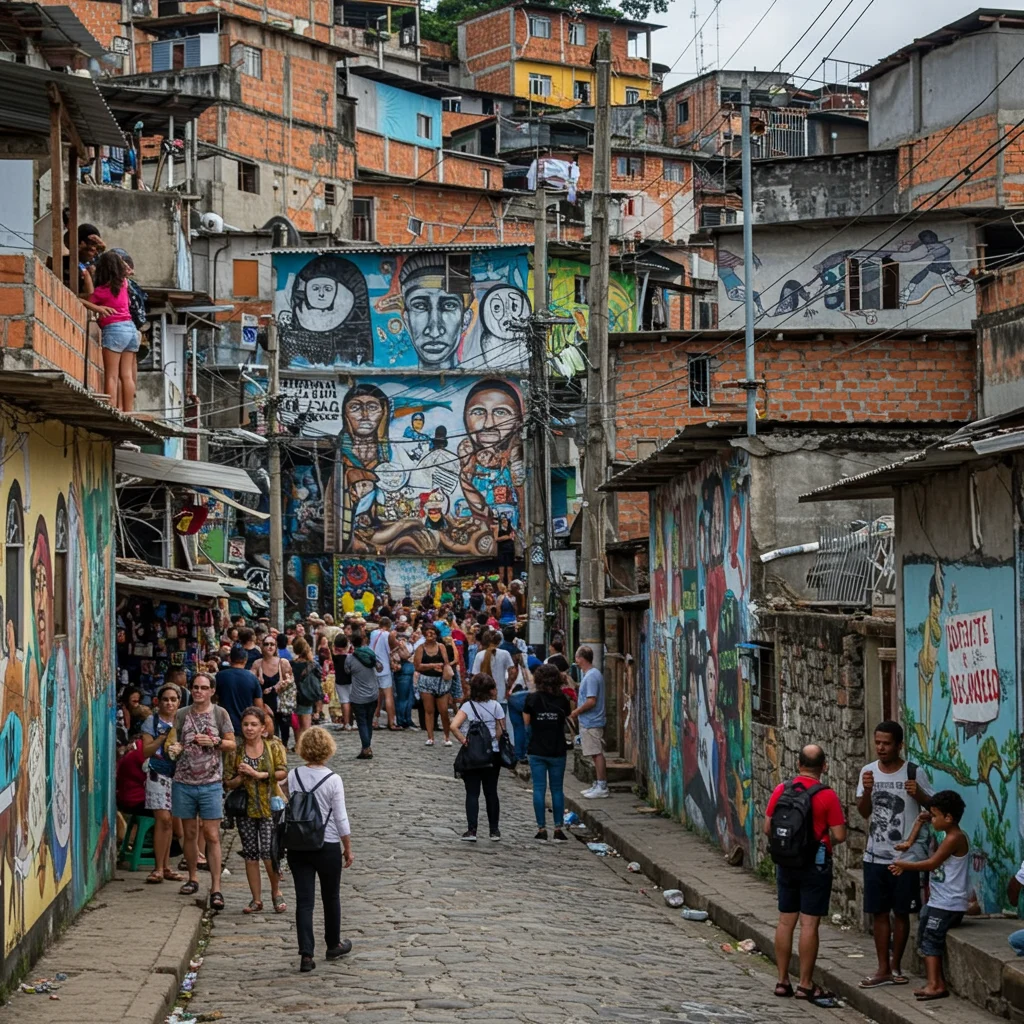
Is Favela Tourism Exploitative?
When tours are operated without community input or sensitivity, they risk reducing residents to mere attractions. Ethical operators work closely with locals to design experiences that are respectful, educational, and mutually beneficial.
Perspectives from Residents
Residents’ views on tourism are diverse. Many appreciate the economic opportunities and cultural exchange, while others express concern about privacy or misrepresentation. Open communication and active participation are crucial for building trust.
How Tours Are Addressing Criticism
Leading tour operators now emphasize transparency, consent, and community partnership. They provide clear information about their practices and invite feedback from both guests and residents. As experts often say:
“True travel is not about seeing new places, but about seeing with new eyes—and letting those we meet show us their world on their terms.”
Preparing for Your Favela Tour
Preparation is key to making the most of your favela tour. By planning ahead, respecting local customs, and prioritizing safety, you’ll contribute to a positive experience for everyone involved.
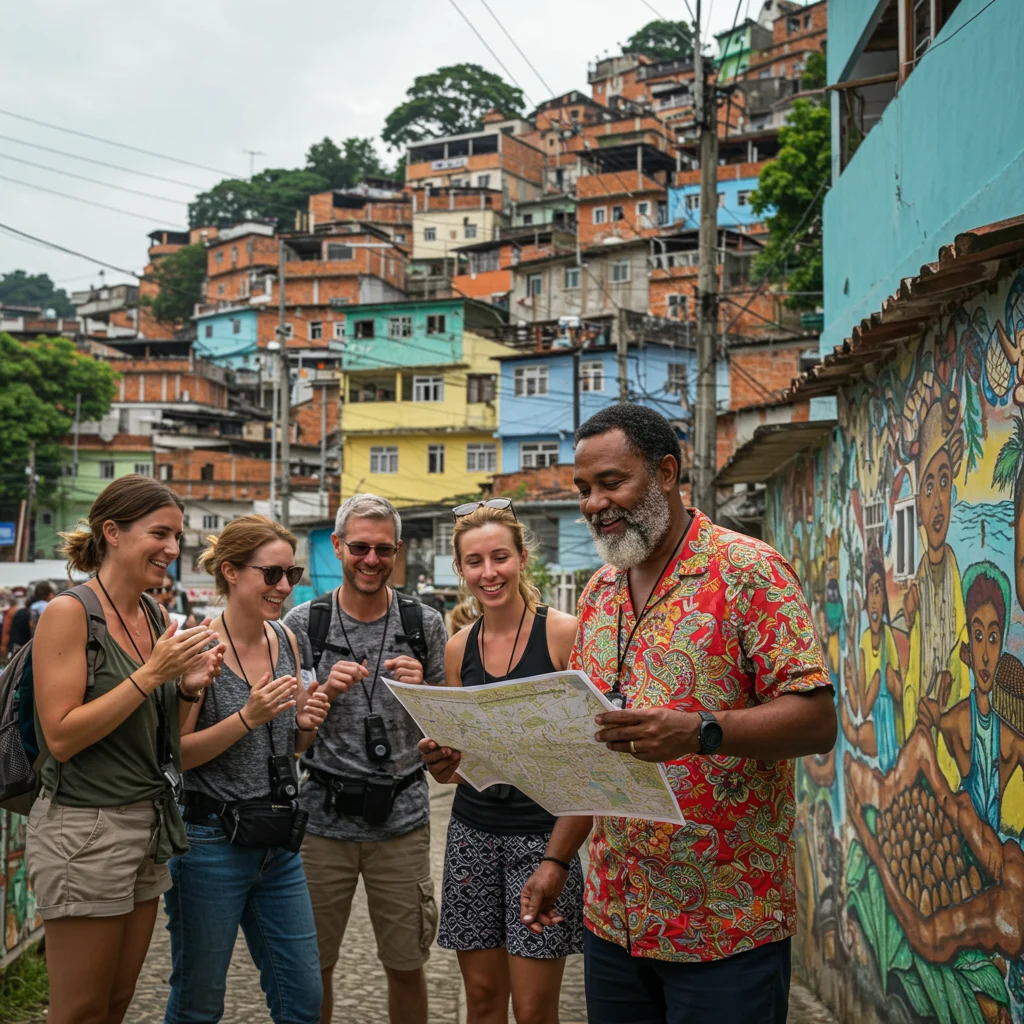
What to Wear and Bring
Comfortable shoes, lightweight clothing, and a small daypack are recommended. Sunscreen, water, and a hat will help you stay comfortable in Rio’s warm climate. Avoid flashy jewelry or valuables.
Safety Tips for Visitors
Follow your guide’s instructions, stay with your group, and remain aware of your surroundings. It’s best to leave expensive electronics at your accommodation and only bring what you need for the day.
Photography Etiquette
Always ask permission before taking photos of residents or private spaces. Some areas may have photography restrictions to protect privacy and dignity. Your guide will advise on appropriate times and places for capturing memories.
Language and Communication Tips
While many guides speak English or Spanish, most residents speak Portuguese. Learning a few basic phrases can help break the ice and show respect for local culture. Smiles and friendly gestures go a long way in building rapport.
Best Time of Year for a Favela Tour
Choosing the right season can enhance your favela tour experience. Rio’s climate, events, and festivals all influence what you’ll see and do.
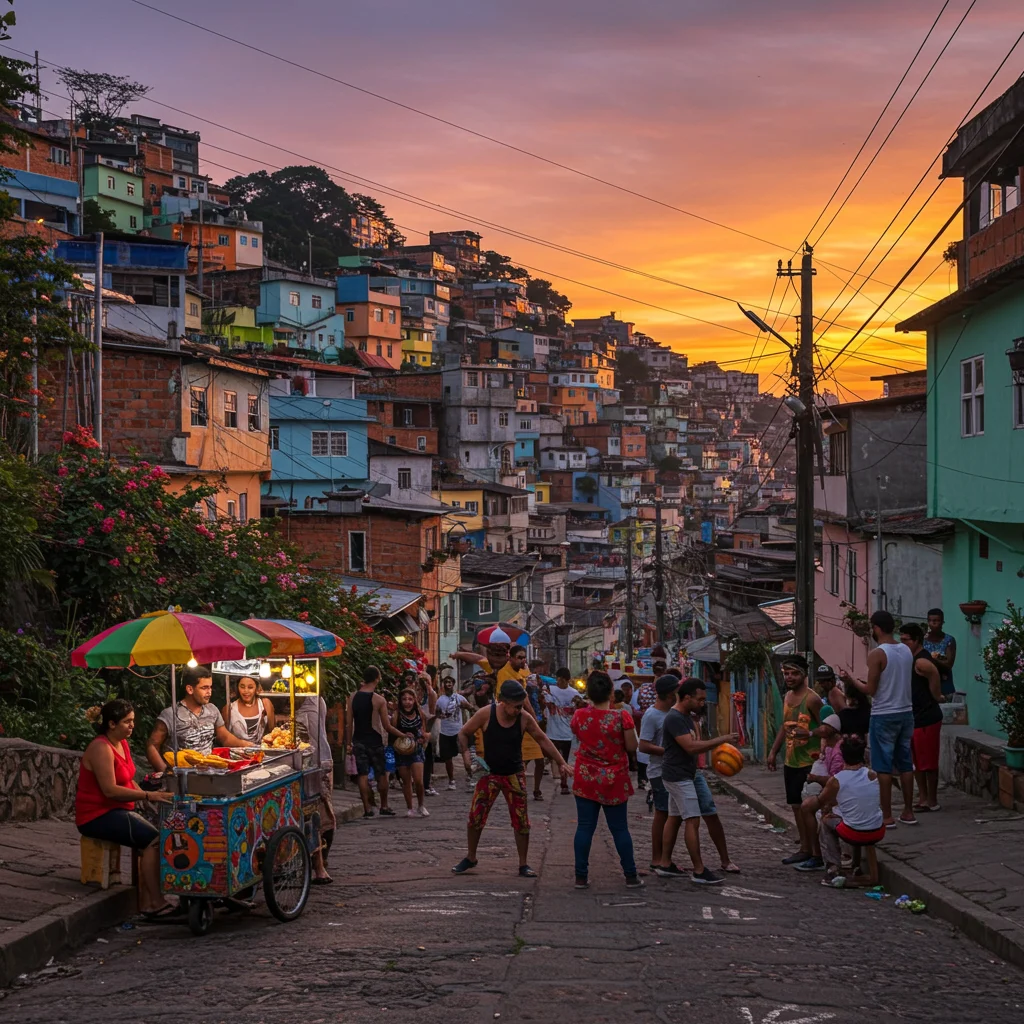
Weather Considerations
Rio enjoys a tropical climate, with warm temperatures year-round. The best months for walking tours are May to October, when humidity is lower and rainfall is less frequent. During summer (December to March), expect higher temperatures and occasional showers.
Festivals and Special Events
Visiting during Carnival or local festivals offers a unique opportunity to witness the favela’s creative spirit. Samba parades, music competitions, and street parties fill the air with energy, making for an unforgettable atmosphere.
How to Get to the Favelas
Accessing Rio’s favelas is straightforward when arranged through a tour, but it’s important to understand the logistics and transport options involved.
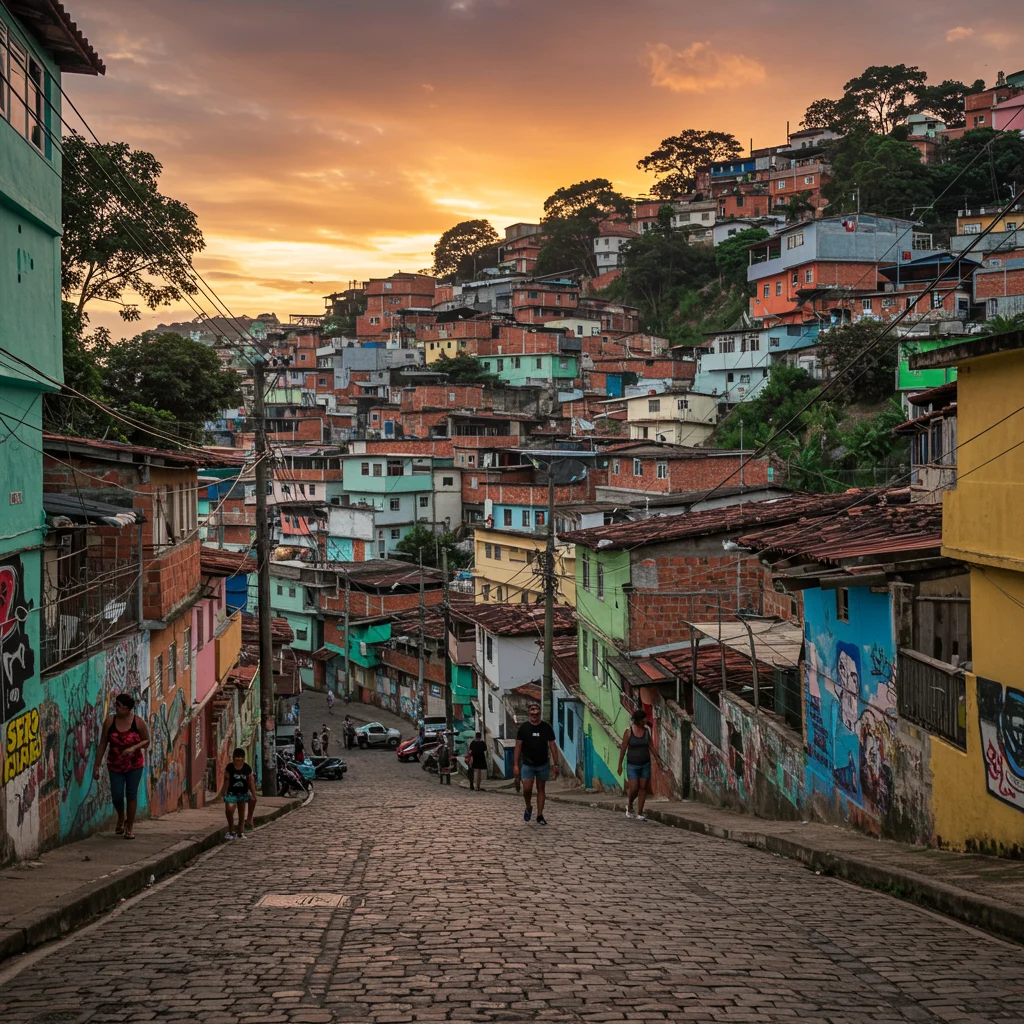
Transport Options
Most tours include pickup and drop-off from central locations or hotels. Depending on the favela, transportation may be by van, jeep, or on foot. Public buses and moto-taxis serve some neighborhoods, but are best navigated with local guidance.
Meeting Points and Logistics
Tour companies provide clear instructions on meeting points and schedules. Arriving on time and following the provided directions helps ensure a smooth start to your visit.
Cost of Favela Tours
The price of a favela tour varies depending on the type, duration, and inclusions. Understanding what’s covered helps you choose the best option for your interests and budget.
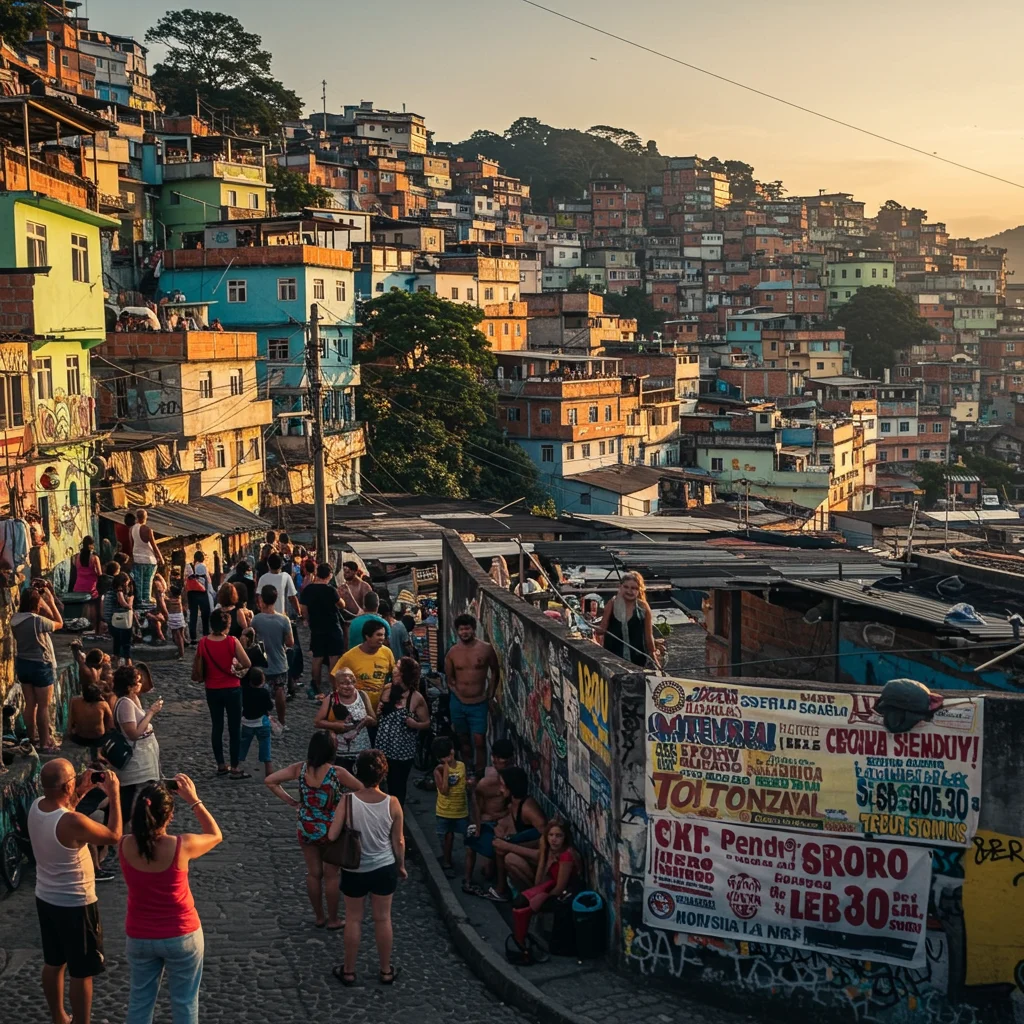
Price Ranges
Group tours typically range from $25 to $60 USD per person. Private or specialty tours may be higher, especially if they include meals, performances, or transportation.
What’s Included in the Price?
Most tours cover guide services, transportation, and entry fees. Some also include meals, drinks, or cultural activities. Always confirm details before booking to avoid surprises.
Tipping and Additional Expenses
Tipping guides and drivers is customary but not mandatory. Bringing small cash for snacks, souvenirs, or donations to community projects is appreciated.
Can You Visit a Favela Without a Guide?
While independent visits are possible, they come with significant risks and challenges. Guided tours are highly recommended for safety, access, and cultural understanding.

Risks and Considerations for Independent Visits
Without local knowledge, navigating the complex streets and customs of a favela can be daunting. Visitors may inadvertently enter sensitive areas or disrupt daily life, leading to uncomfortable situations.
Local Laws and Customs
Some favelas have specific rules regarding visitors, photography, and conduct. Guides help ensure that guests respect these customs and avoid misunderstandings.
Language Barriers
Communication can be a challenge for non-Portuguese speakers. Guides bridge the gap, facilitating conversations and helping guests engage meaningfully with residents. For those interested in guided cultural adventures elsewhere, our Cu Chi Tunnels tour in Vietnam highlights the value of expert local interpretation.
Must-See Sights Within the Favelas
Beyond the daily rhythm of life, favelas feature remarkable sights and community assets that enrich any visit.
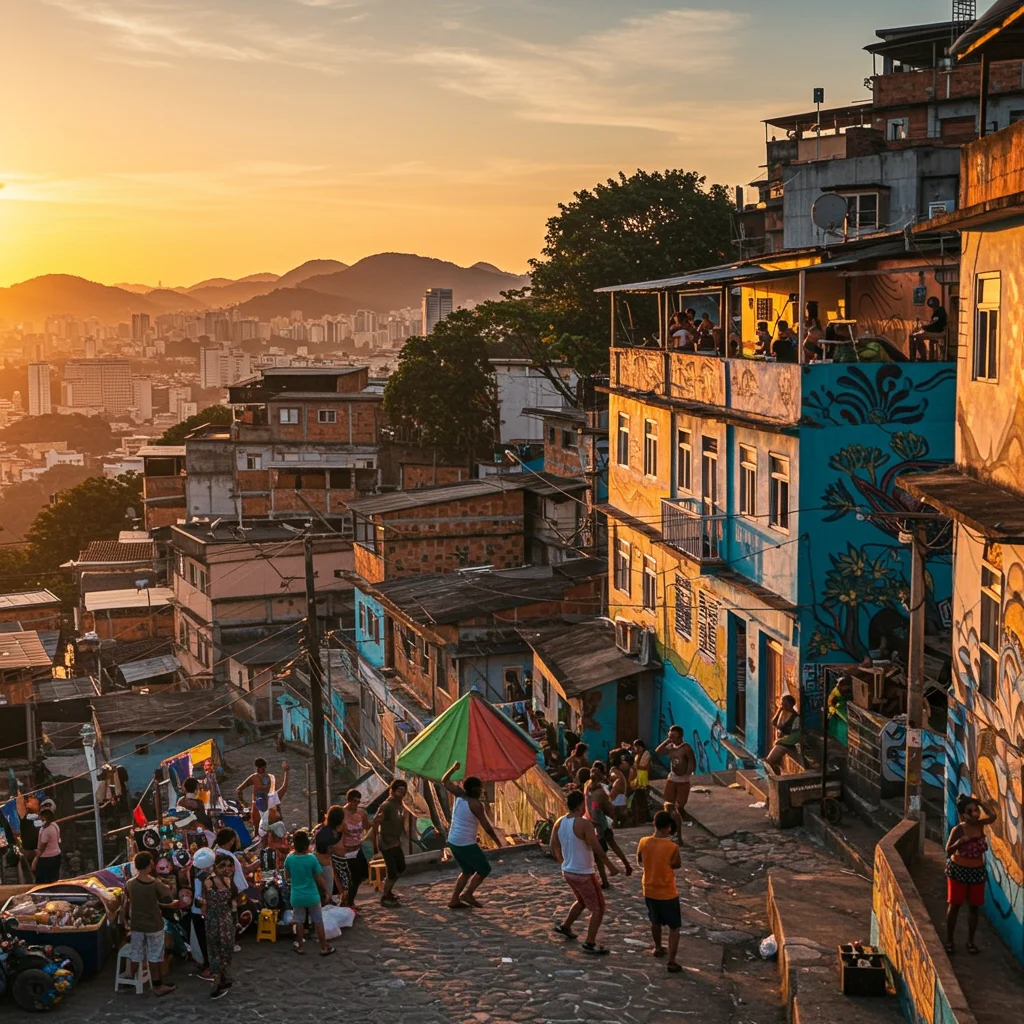
Viewpoints and Panoramic Spots
Many favelas are perched on hills, offering breathtaking views of Rio’s beaches, mountains, and skyline. Popular lookout points are perfect for photos and quiet reflection.
Community Centers and Social Projects
Community centers host educational programs, art workshops, and youth initiatives. Visiting these spaces provides insight into the resilience and creativity of favela residents.
Markets and Artisan Shops
Local markets brim with colorful produce, handmade crafts, and unique souvenirs. Artisans sell jewelry, clothing, and paintings that reflect the neighborhood’s identity and talent.
Unique Architecture
Favela architecture is a testament to resourcefulness and adaptation. Houses climb steep hills, connected by narrow alleys, staircases, and vibrant facades. Each street tells a story of innovation and community spirit.
Cultural Highlights of Favela Life
Favelas are cultural powerhouses, contributing to Rio’s reputation as a city of music, dance, and celebration.

Music and Samba Roots
Samba was born in the favelas, and its rhythms still pulse through the streets today. Live music, street parties, and impromptu performances fill the air with energy and joy.
Local Festivals and Traditions
Each favela celebrates its own festivals, from religious processions to neighborhood carnivals. These events showcase costumes, parades, and communal feasts, inviting participation from all visitors.
Religious Practices
Faith plays a central role in favela life, with Catholic, Evangelical, and Afro-Brazilian traditions coexisting. Churches and temples are gathering places for worship, music, and community support.
Food and Drink Specialties
Favela cuisine reflects Brazil’s diverse heritage. Visitors can savor feijoada, pastel, and tropical juices, prepared by local cooks who take pride in their culinary traditions.
Stories from Favela Residents
The heart of any favela tour lies in the stories shared by residents. These personal narratives illuminate the challenges and triumphs of daily life.
Personal Interviews with Locals
Guides often introduce guests to community leaders, artists, and entrepreneurs. These conversations reveal the hopes, struggles, and dreams that shape the neighborhood.
Success Stories and Community Initiatives
Many favela residents have launched successful businesses, art collectives, or social programs. Their achievements inspire visitors and demonstrate the power of community-driven change.
How to Support Favela Communities After Your Tour
Your impact doesn’t end when the tour concludes. There are many ways to continue supporting favela communities and their ongoing development.
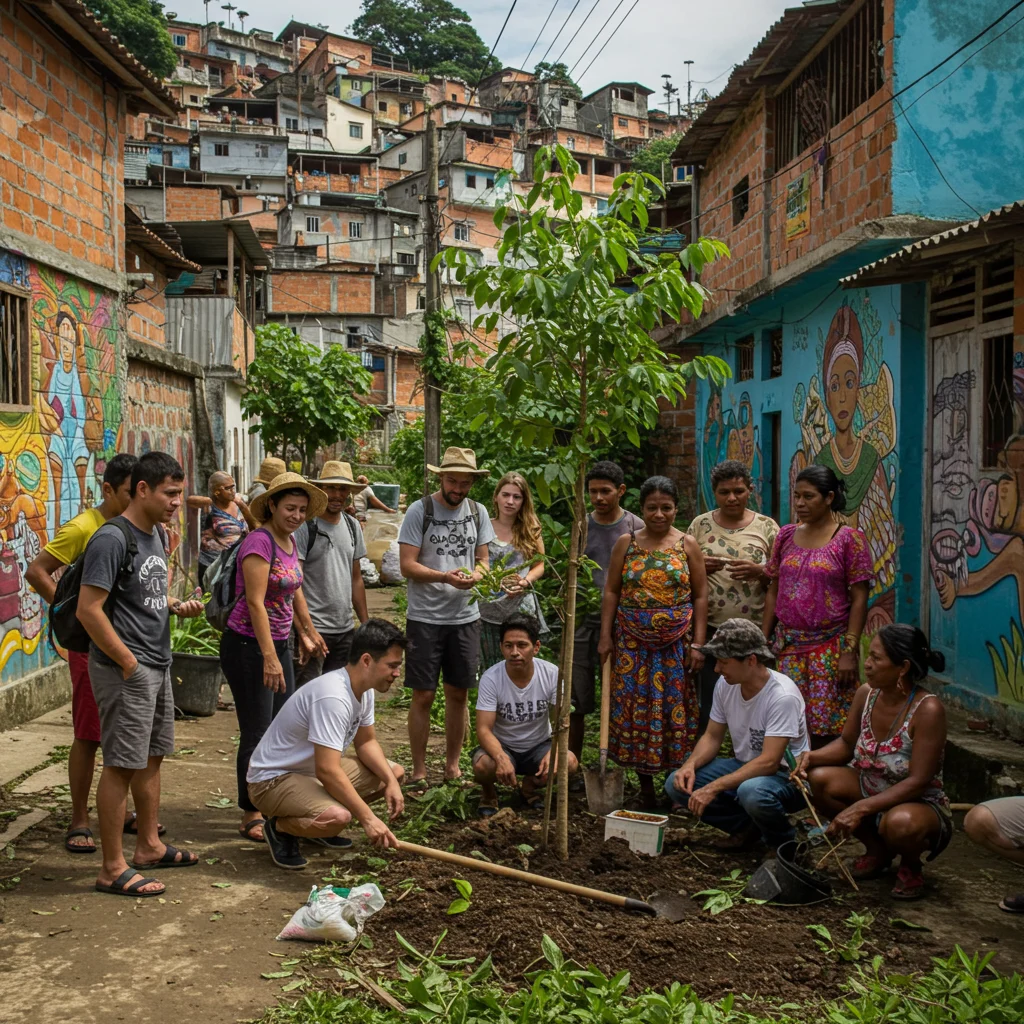
Donating to Local Projects
Many tours partner with schools, health clinics, or youth organizations. Donations of time, money, or supplies help sustain these vital community resources.
Volunteering Opportunities
Some organizations offer structured volunteer programs focused on education, arts, or social work. These opportunities allow visitors to contribute skills and build lasting relationships.
Purchasing Local Art and Crafts
Buying handmade crafts, artwork, or food directly supports local entrepreneurs. Your purchases help preserve traditions and foster economic independence.
Frequently Asked Questions About Favela Tours
We’ve compiled answers to the most common questions about favela tours in Rio de Janeiro.
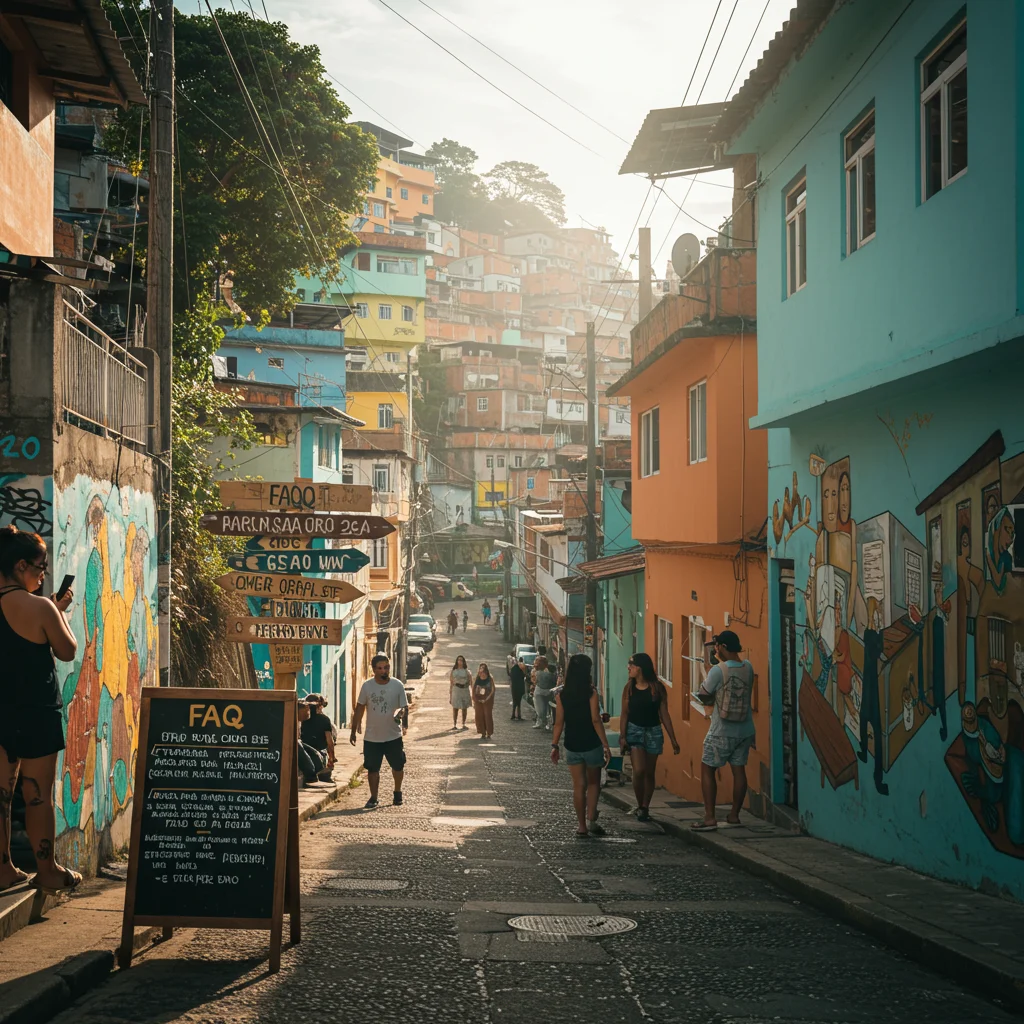
Are Favela Tours Suitable for Families?
Many tours welcome families and children, offering educational experiences that promote empathy and global awareness. Confirm age requirements with your chosen operator.
How Long Do Tours Last?
Most tours last between two and four hours. Some include optional meals, workshops, or longer cultural programs.
What Languages Are Tours Offered In?
Guides typically speak Portuguese, English, and sometimes Spanish. Confirm language options when booking to ensure a comfortable experience.
Can You Take Photos During the Tour?
Photography is allowed in most public areas, but always ask before photographing people or private spaces. Follow your guide’s advice to respect local privacy and customs.
Tips for a Respectful Visit
Being a considerate guest helps build trust and ensures a positive experience for all.

Understanding Local Etiquette
Dress modestly, greet people with a smile, and avoid loud or disruptive behavior. Respect for local traditions is appreciated by residents and guides alike.
How to Interact with Residents
Approach conversations with curiosity and humility. Listen actively, express gratitude, and be open to learning from those you meet.
Avoiding Cultural Missteps
Refrain from making assumptions or insensitive comments. If unsure about a custom or situation, ask your guide for advice. This approach is helpful in many travel contexts, as highlighted in our Golden Circle Super Jeep Adventure post about Icelandic cultural etiquette.
Comparing Favela Tours to Other Rio Attractions
Favela tours offer a perspective distinct from Rio’s beaches, landmarks, and nightlife. While attractions like Christ the Redeemer and Sugarloaf Mountain showcase the city’s beauty, favela tours reveal its heart and soul.
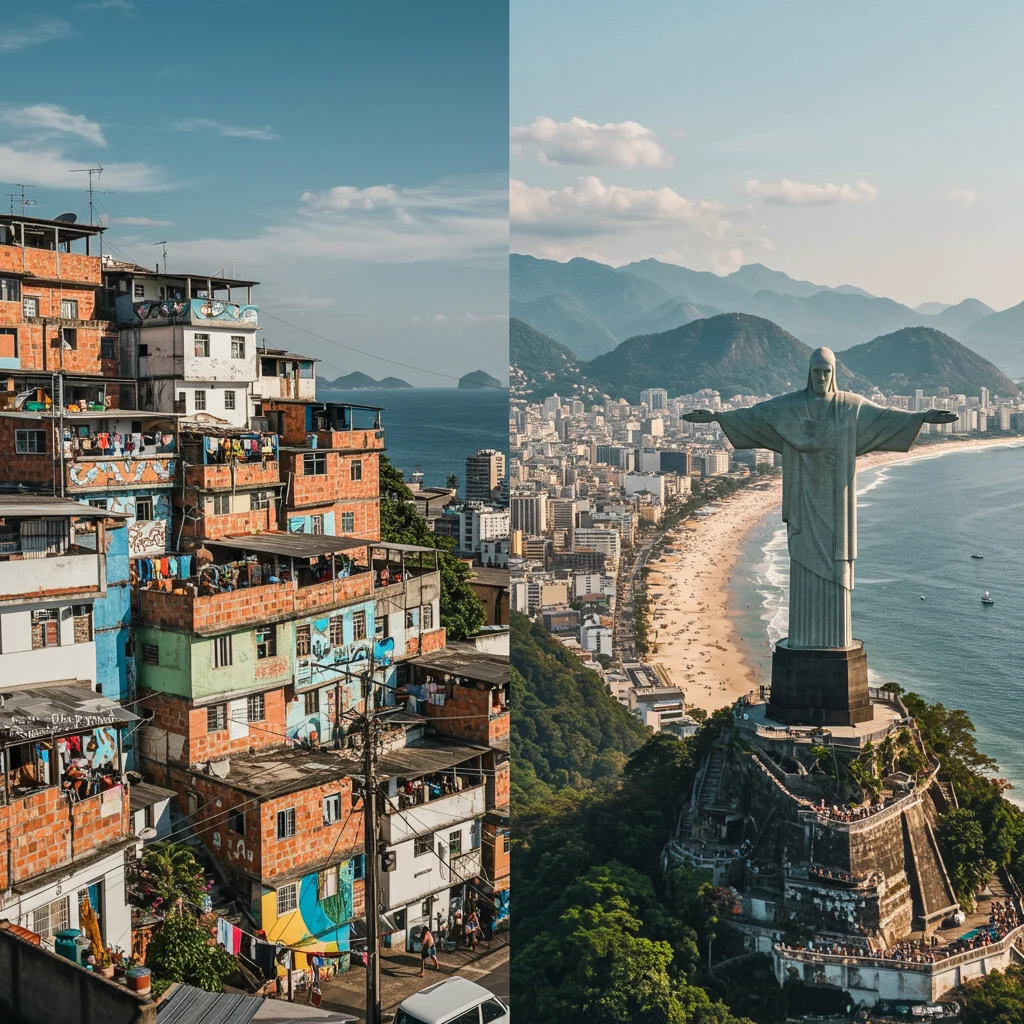
For travelers seeking authentic, people-focused experiences, a favela tour can be a transformative addition to any Rio itinerary.
Is a Favela Tour Right for You?
If you value cultural exchange, community connection, and learning from diverse perspectives, a favela tour will likely leave a lasting impression. These tours invite us to see Rio through the eyes of its residents, fostering empathy and understanding along the way.
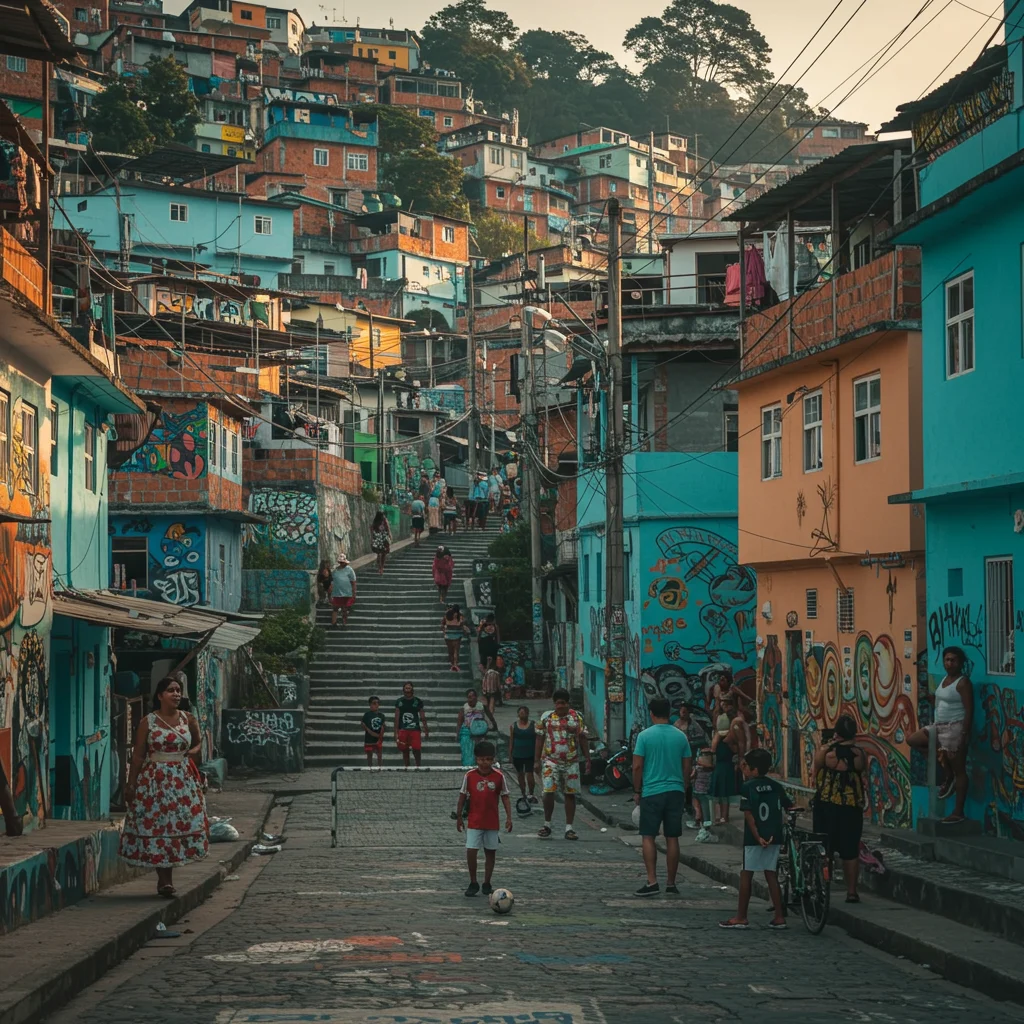
How to Book on Viator
Booking a favela tour is simple and secure with online platforms like Viator. You can compare options, read verified reviews, and reserve your spot in advance. Many reputable tour companies partner with Viator to offer a variety of experiences, from walking tours to community-led adventures.

When you’re ready to plan your trip, Viator provides clear details on itineraries, inclusions, and meeting points, making it easy to find the right tour for your interests and schedule.
Conclusion: The Lasting Impact of Favela Tours
Favela tours in Rio de Janeiro offer far more than sightseeing. They create opportunities for connection, understanding, and positive change—both for visitors and the communities they visit. By choosing responsible, community-based tours, we help support local initiatives and promote a more inclusive vision of travel.
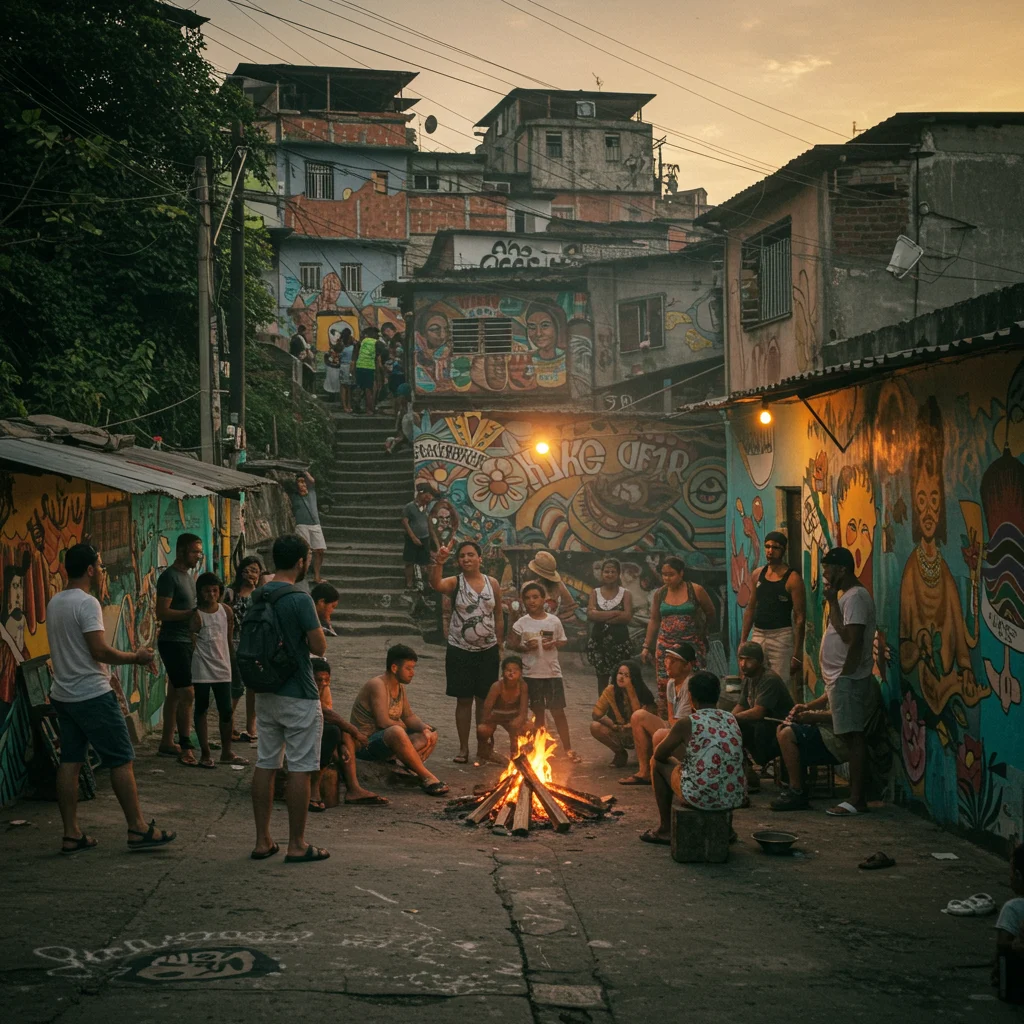
At Unisho, we encourage travelers to seek experiences that broaden their horizons and contribute to the places they visit. For more insights and travel inspiration, visit Unisho.
Disclaimer: This information is accurate to the best of our knowledge; however, there may be changes or mistakes. Please verify exact details on the Viator booking page.

